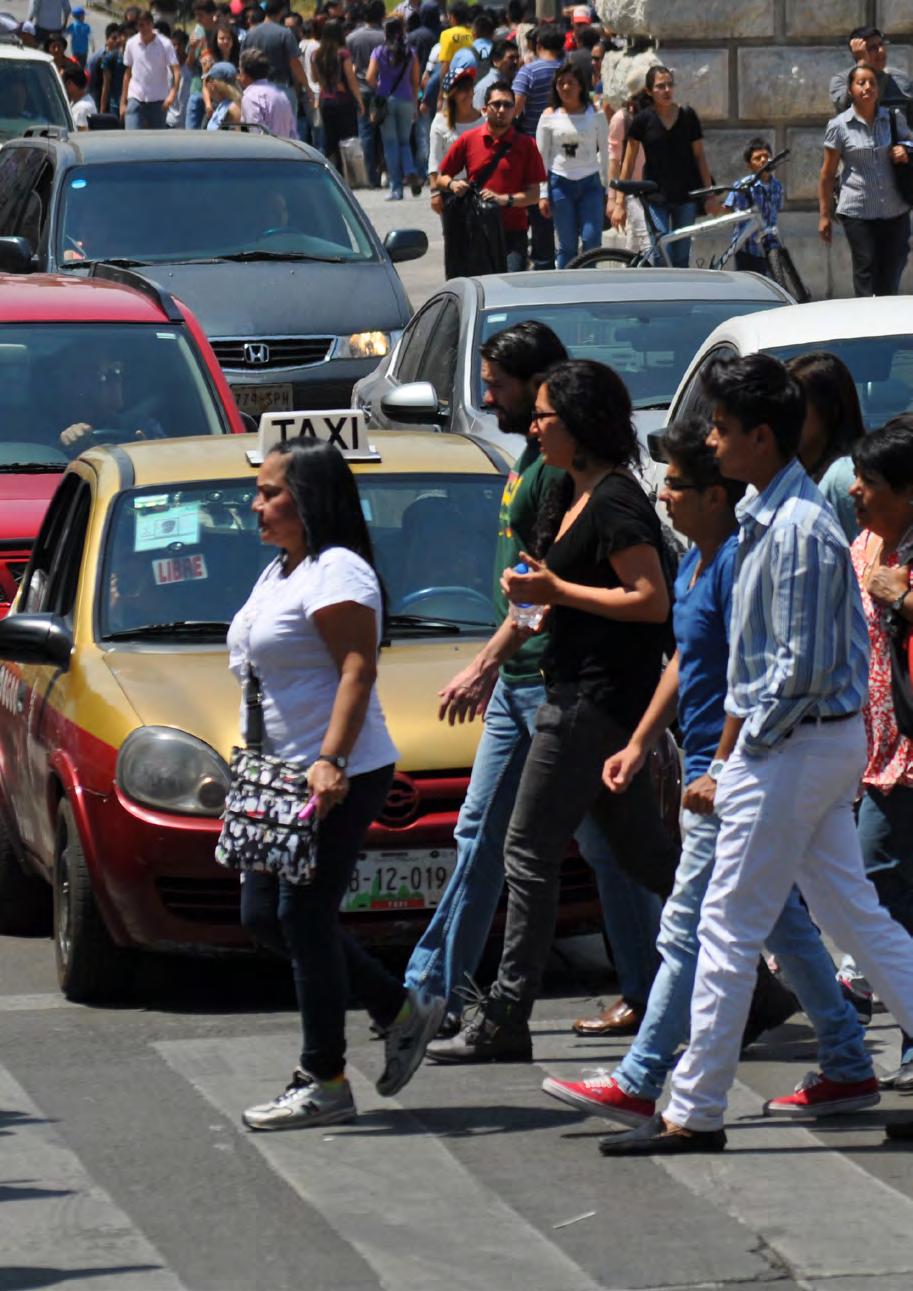
2 minute read
DIABETES: ONE OF TODAY’S GREATEST HEALTH THREATS
Doing nothing is not an option. The Diabetes Projection Model, which models the trajectory of diabetes prevalence over time, shows that the prevalence of diabetes will continue to climb and could reach almost 12% by 2045.6 Conservatively, this would result in 736 million people living with diabetes and more than 1,000 billion dollars in global healthcare expenditure.6
CITIES ARE ON THE FRONT LINE IN THE FIGHT AGAINST DIABETES
More than half the world’s population (55%) lives in urban areas, and this statistic is expected to reach 68% by 2050.10 This surge in urbanisation presents a health challenge for many cities and their citizens.11–17 Already, two-thirds of people with diabetes live in urban areas, which is where the increase in prevalence is expected to occur.18
Urban environments influence how people live, move and, often, what they eat. Confined spaces, urban design optimised for motorised transport, and widening distances between where people live and work all contribute to a decrease in physical activity.19,20 This, together with time constraints and an unhealthy food environment of cheap, processed foods, which too often are high in fat and sugar, can increase the risk of developing obesity and type 2 diabetes.21,22
Because of the scale and density of urban environments, the people who design, plan, build and govern cities exercise considerable influence over the basic ingredients of a healthy life: access to decent housing, nutritious food, safe transport and mobility, and opportunities for physical activity. Cities that offer these fundamentals can dramatically reduce the incidence and associated costs of a wide range of NCDs while improving health equity for those most often exposed to such risks – children, older people, women, people with disabilities and the poor.
10.1%
9.6% 11.0%
9.9%
2025 2030 2035
* Body mass index (BMI) is a simple index of weight-for-height that is commonly used to classify overweight and obesity in adults. BMI is defined as a person’s weight in kilograms divided by the square of their height in metres (kg/m2). For adults, obesity is defined as a BMI greater than or equal to 30. Rome, Italy
11.7% OR 736 MILLION PEOPLE WITH DIABETES
2040
10.0%
10.0% OR 625 MILLION PEOPLE WITH DIABETES
2045
YEAR
Mexico City, Mexico

THE URBAN DIABETES DECLARATION
This report is full of stories of health actions, policies and partnerships that cities are delivering to fight urban diabetes. The Urban Diabetes Declaration is designed to build on that foundation, and support city leaders as they commit to use a set of common principles to guide the actions they deliver.
This Declaration will celebrate and formalise the commitment of city leaders to adopt an integrated, city-wide response to diabetes. It was developed in partnership with many of the cities and organisations already involved in the programme. And it builds on commitments already in place in cities, such as the Italian Manifesto 'Health in the City – a common good', 'The Diabetes Pledge' signed by Leicester’s City Council and professional sports clubs in Leicester, and the 'National Cities Changing Diabetes Declaration' in China.
FIVE PRINCIPLES FOR ACTION
For the people aiming to tackle today’s biggest health challenges, a series of underlying principles are emerging from experience gained through Cities Changing Diabetes. It has become clear that these are the systemic approaches needed to bend the curve on diabetes, and that is why they form the basis of this commitment. More and more cities are adopting these principles, and are signing up to the Declaration.










